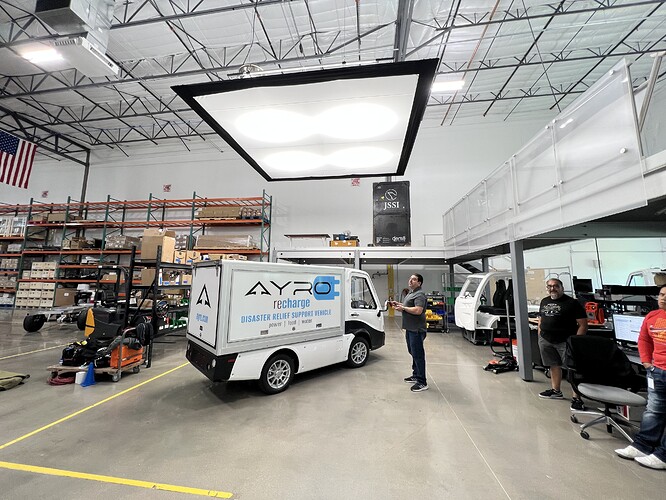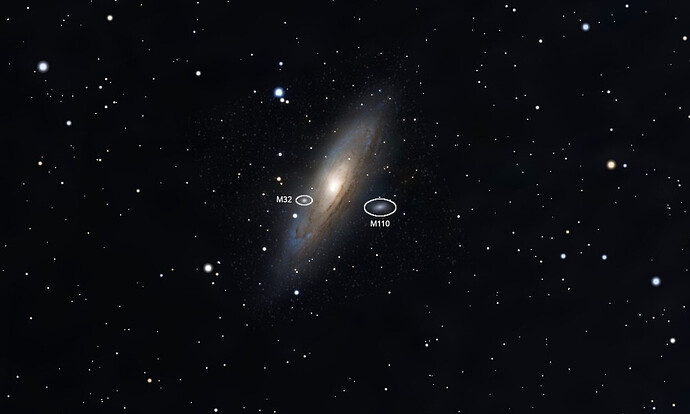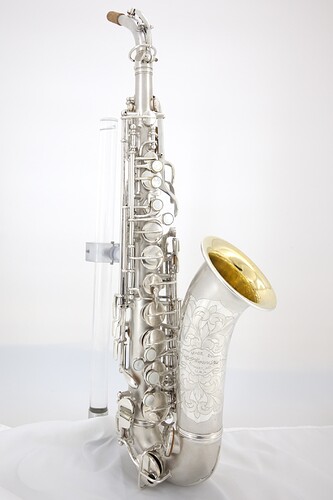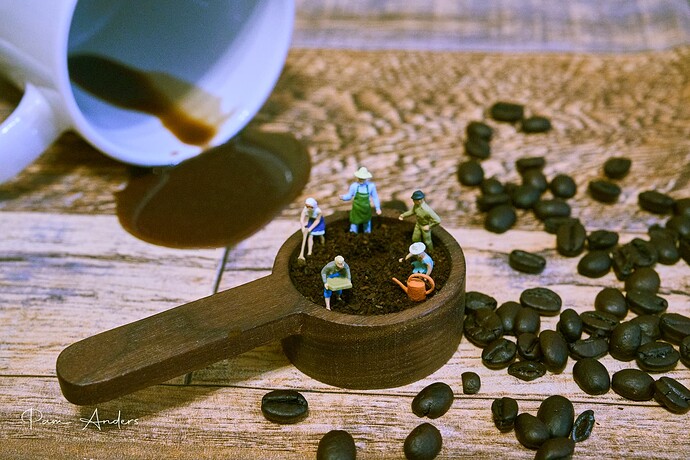Thanks @MikeC! I’m exited about it and looking forward to learning and understanding proper techniques.
Absolutely. ![]()
WOW!
That is cool!
So I don’t actually want to learn ‘photography’, I want to know how to shoot one thing and one thing only, shiny, silver and brass, reflective saxophones against a plain white or black background. I have been trying to do it by brute force and not drag them outside on a cloudy day which seems to be the prevailing answer. I have a large photo light box ~5’x3’x3’, loads of various lights, but still cant seem to sort it.
Any suggestions?
Shooting curvy/shiny objects, particularly those with fairly large areas like a sax, is tricky as they contain several surfaces that will reflect light sources as specular highlights. Using soft (diffused) light sources definitely helps mitigate those reflections.
Shooting by indirect light from a window (not direct sunlight) or shooting outdoors in open shade, i.e., the sun is blocked by a house or tree can work well as the light is naturally diffused (the sky is the biggest softbox of all). That’s why master artists have always sought rooms to paint in that had large, northern-facing windows. They also didn’t have soft lights or electricity. ![]()
As to your setup, the best way to shoot your shiny stuff indoors is to use two softboxes of equal size and output. Then place them equi-distanced and at 45° degree angles to your subject (saxes). The equal output and quality of light sources will effectively cancel out each other’s cast shadows and the light will wrap around your subject.
Once the lighting is set, position the camera in dead center of the sources and back from their positioning planes, to form a triangle (as seen from above).
I’ve used this studio setup many times to photograph jewelry and product shots for print ads and catalogs.
You can, of course, use just one box to create a more dramatic, editorial shot, but positioning the camera becomes more critical so as to not catch hotspots from specular highlights in your shiny subject.
Lastly, unless your light sources are very powerful, you ought to use a tripod to ensure there’s no motion blur introduced by a slow shutter speed.
Hope this helps.
As for backgrounds for shiny subjects, a roll of seamless photography paper and a hanger system is a time-honored studio way to go.
Black works great for shiny subjects as it naturally absorbs light and hides cast shadows. It adds drama to the shot and makes the subject pop against its darkness.
White will reflect light in your subject.
50% gray (or darker) is a staple in any studio as it strikes a balance that is a complementary background for anything from a product to a person.
One last thing on lighting: Shooting shiny objects (like a car) always includes lighting from directly above as well as from either side. I did a 35mm film shoot for Ford where my lighting director constructed a massive softbox that was suspended from the studio’s grid. Again, it simulates lighting that occurs naturally outdoors in open shade.
Thanks @MikeC
Sounds like I have to get the sax out of my light box (too much light and too much white).
I do have lightboxes etc and a black background (along with white).
I think I need to abandon the white background idea though.
I was thinking about something like below (saw similar in a Japanese music shop picture area setup they had) as a different contrast vs. solid black though.
Did not think about light from directly above, will try that!
That’s an example of the paper hanger system I mentioned.
As for the background paper, it’s a personal choice. This particular one will be more expensive than monotone paper, and it does have a sweet spot in the pattern designed for portraiture.
If I were to use this one, I would set up a table in front of it (likely with either black, dark burgundy, or navy blue piece of velvet covering its surface) to place the saxes on. But there are several ways to go, depending on the desired effect.
A more contemporary setup could include a sheet of metal, wood, or manufactured surface material on the table. Lots of approaches possible.
Here’s a shot of a 12 ft. x 10ft. softbox I and my lighting director designed for shooting videos of electric vehicles.
It uses four 4-foot, 2-lamp LED fixtures (think fluorescents size and shape) attached to a custom aircraft aluminum pipe grid assembly. We sourced the white diffusion material from a company in Hollywood that specializes in creating custom filmmaking softbox and diffuser solutions.
Notice how the diffused light wraps around everything under the fixture. The key is to create the light with sufficient lumens so the box can be raised high enough to achieve the right degree of diffusion/softness.
I also feel that the glass (Lenses) are more important than the camera body.
There is a lot of talk here about cameras and lenses here but very little about tripods.
A good tripod is not cheap and is really necessary for long exposures used in some types of photography.
Here is a picture of the Andromeda galaxy, and two other Messier objects, I took with an ordinary 200mm lens on a Canon EOS body. This had hundreds of individual shots taken continuously over a 3 hour time frame, without a tracker, and then each shot stacked one on top of each other in post processing, which is another topic all together.
Another thing worth mentioning is patience and planning. I find this especially true in landscape photography where the time of day can make a huge difference to how a picture turns out because of the changing light conditions.
Without a good tripod the above final picture would not have been possible. The tripod was a $300 Manfrotto but to be fair there are tripods a bit cheaper that may have worked. A good tripod will cost you at least $150.00 with a ball and pan head. IMHO ![]()
Fantastic resolution of the dust lanes there considering the equipment used. Very nice work.
For music as well, it’s where I spend most of my time anyway ![]()
I was inspired by several YouTube videos showing what could be accomplished with a minimum amount of equipment.
Post processing was a bitch on this one and I spent 16-18 hours over 5-6 days to get the best results I could. Turns out it was worth it in the end. IMHO
So far everything I’ve read and watched from Pros is that good equipment (particularly lenses) play a huge role in digital photography and make post processing easier. I seem to always pick money pits as hobbies! ![]()
I like this guy’s style and approach to photography: https://www.professorhines.com/
It’s just like with bass. Does gear matter? Well yes, of course. But it won’t make you a good photographer.
@Celticstar’s pic of M31 is better than I have seen from some large telescopes. He did it with just a DSLR. Or my boss selling photos she took with her phone (which technically makes her a pro; she’s getting paid for it.) Great examples.
I believe this is because a lot of individuals trying astrophotography with a telescope do not understand the basics of photography and post processing. I have a 6" reflector telescope and rarely use it for photographing the night sky.
Here are two of the best authorities on the internet regarding the subject of astrophotography.IMHO
Nico Carver of Nebula photos has some really useful information on his YouTube channel.
Astro backyard tends to use a lot more sophisticated equipment and some of his setups run close to $8,000, or more, so seeing these guys go head to head with a decent stock camera and lens was very interesting for me.
Still, the setup I used, for the Andromeda shot had a total equipment cost of around $2,000.00 CAN. So yeh, still not cheap. ![]()
Hey @MikeC
I came across a photo I had taken a while back when trying to figure out a good way to shoot a silver sax. Can you give me some feedback on plusses and minuses?
I used tons of diffuse lighting but cannot remember any settings etc as I was messing about.
But any feedback on direction forward would be great.
Nice photo @John_E
not that you asked me, but to me the light background really hurts the image - its way way too close in value to the silver of the sax. something darker would make the sax itself be much clearer.








